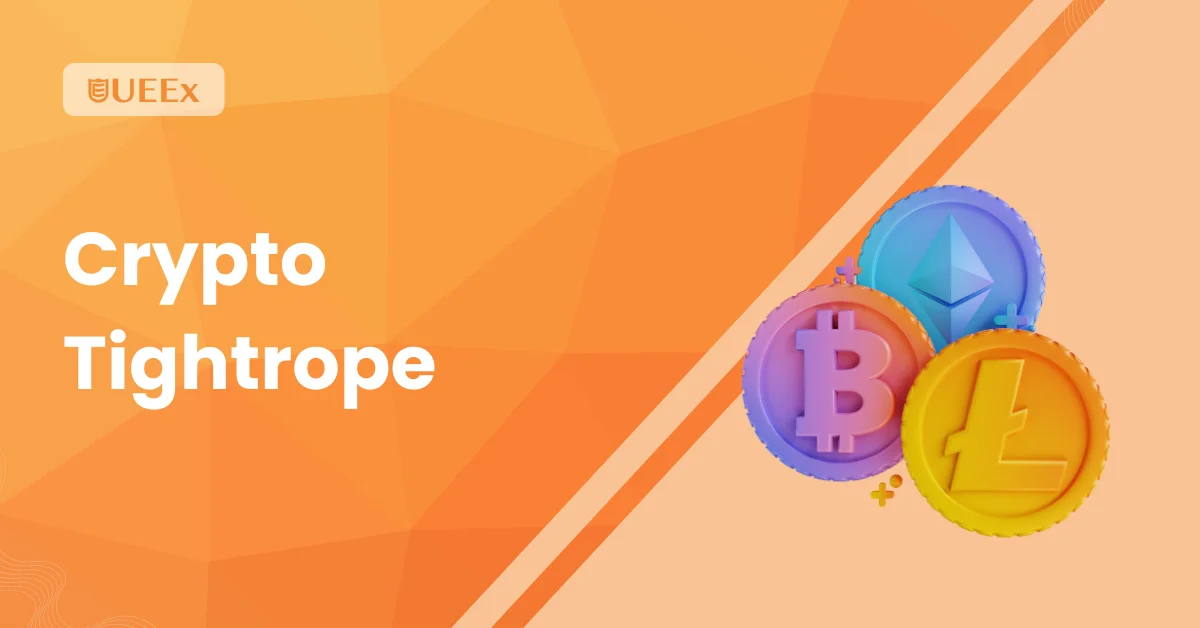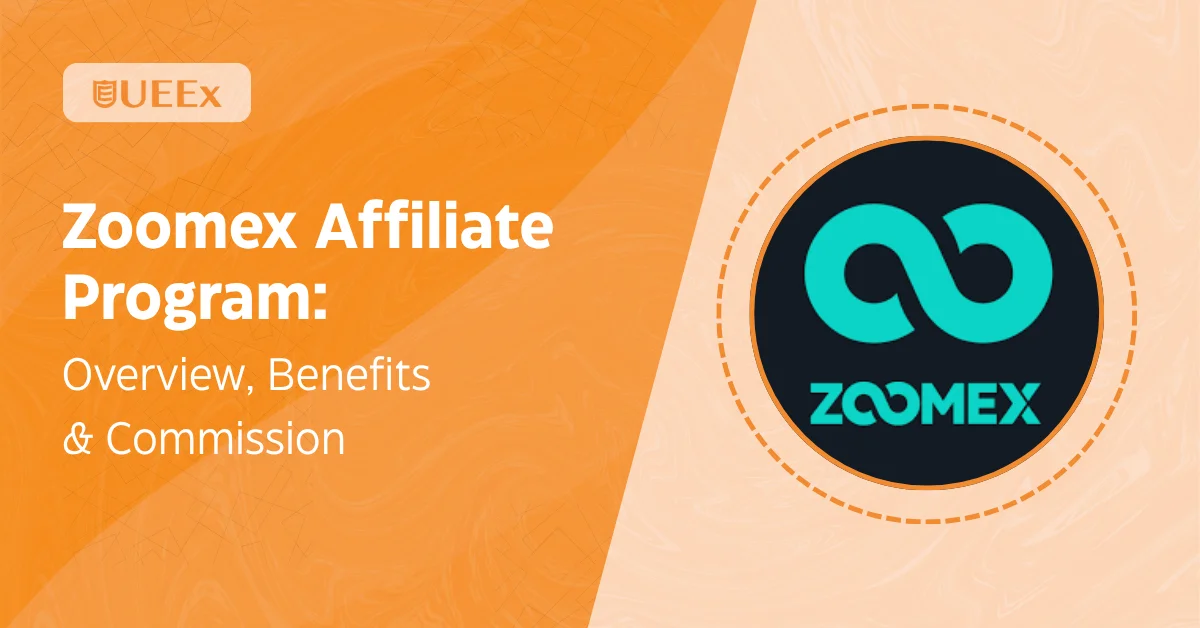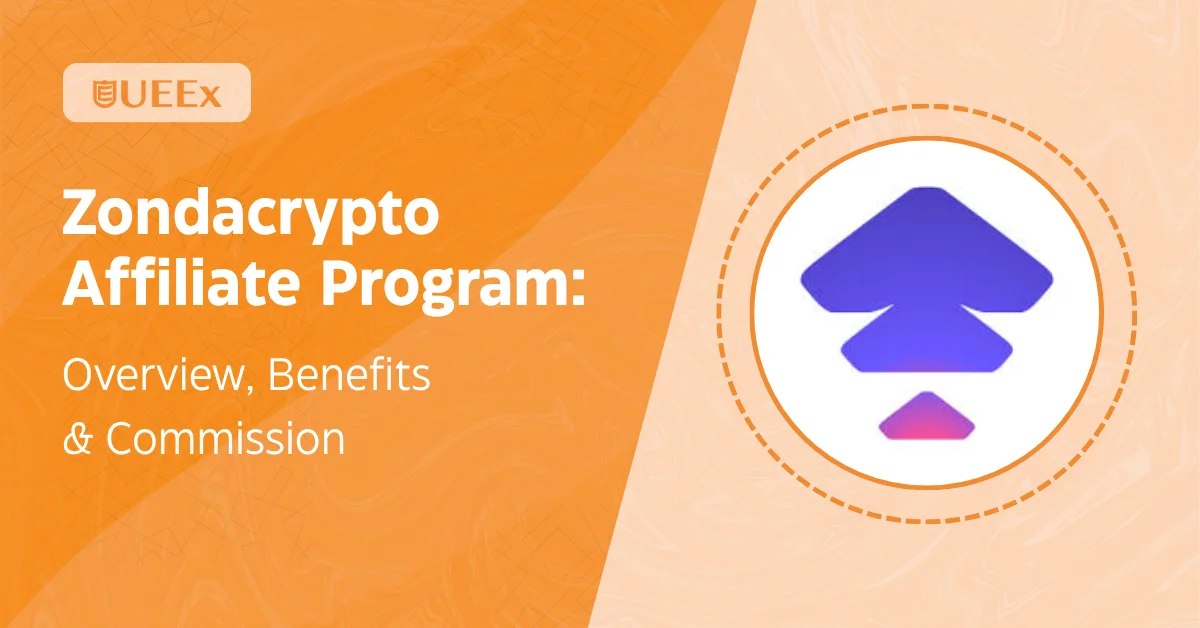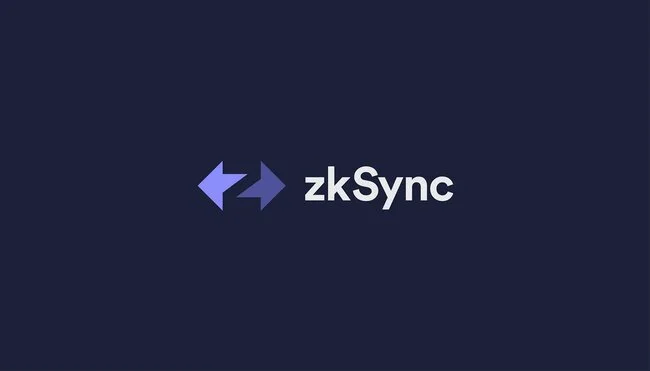Do you know that 60% of reported crypto-related fraud cases involved retail investors in 2024, according to FTC reports?
As interest in digital assets continues to develop, walking the “crypto tightrope,” that is, the balance between adoption, risk, and regulations, is becoming increasingly important.
The crypto landscape is increasingly multifaceted, with different regulations and AI-driven solutions. As an active investor, developer, or crypto enthusiast, it’s vital to stay ahead through foresight and proactive steps. This guide identifies useful tips to help you flourish without missing a step.
Key Takeaways
- The expression “crypto tightrope” illustrates the cryptocurrency’s rewards and risks—balancing innovation with compliance, speed with security, and decentralization with oversight.
- New regulations around the globe are emerging quickly—from the U.S. SEC and EU MiCA to a variety of mixed responses out of Asia.
- Developers are attempting to maintain compliance while not stifling the innovation that makes the cryptocurrency space so appealing.
- Multi-sig wallets, some basic financial literacy, and having a strong base of do-your-own-research (DYOR) will be necessary for investors investing in the long term, especially considering many are retail.
What Is the Crypto Tightrope?
The term “crypto tightrope trading” captures the razor-thin line a trader walks between maximizing potential profit versus minimizing potential risk within the unpredictable world of cryptocurrency.
Tightrope trading involves managing sudden shifts in price, regulatory ambiguity, and ever-changing technologies, while employing reasonable and disciplined decision-making to mitigate large drawdowns.
The development of crypto over the last 15 years is a great illustration of this balancing act. In 2009, Bitcoin was born, decentralizing money; in 2015, Ethereum expanded the protocol possibilities with its smart contracts; and by 2020-22, the world was on fire with the development and growth of DeFi, NFTs, and memecoins that disrupted the market beyond where it had been. Adoption—and speculation—had set records.
The reckoning that followed in 2022, marked by the FTX collapse and long-term consequences from court decisions (e.g., SEC lawsuits against the industry, Europe’s MiCA regulatory framework), was a requirement for maturity in the crypto space.
Now in 2025, the crypto space consists of rapidly emerging institutional players (e.g., Bitcoin ETFs and CBDCs), and retail traders, developers, and policymakers are all attempting to shape the market.
Read Also: Crypto Market Correction: What Every Investor Should know
The Legal Tightrope in the Crypto Space
As the world enters 2025, the cryptocurrency industry finds itself standing upon a shaky legal tightrope. All around the world, governments are trying to figure out how to balance crypto regulation and the need to nurture innovation within their jurisdictions. However, the results have varied regionally.
In the United States, two agencies—the SEC (Securities and Exchange Commission) and the CFTC (Commodity Futures Trading Commission)—actively regulate the crypto sphere.
The Ripple vs. SEC matter will likely go down as the most watched legal case in crypto history before partially resolving in 2023 and establishing a precedent for what constitutes security in the crypto digital landscape. The CFTC also asserts growing authority over crypto commodities (commodities such as Bitcoin).
In 2025, the U.S. actually saw the Stablecoin Oversight Act make it through both chambers of Congress, providing more transparency around monetary reserve requirements for issuers.
The EU’s MiCA (Markets in Crypto-Assets) regulation became fully effective this year. It aims to create a single legal framework for member states that addresses issues relating to legal, licensing, transparency, and consumer protection. The regulation has been openly accepted by crypto companies that are looking for regulatory certainty. Early indicators show this regulation is also increasing investor confidence in many regions.
In Nigeria, the Securities and Exchange Commission (SEC) also released some clarified regulations for the issuance of digital asset securities and for registration of crypto exchanges, building on their objective of integrating the crypto ecosystem into the formal financial system.
What is perhaps unique in Nigeria is that they are able to strike a balance between innovation and consumer protection.
On the other hand, China has sent out a decree against trading and mining crypto, while Japan still stands as the regional leader with one of the most robust frameworks in place in Asia. The Japanese system of obligatory KYC/AML (Know Your Customer/Anti-Money Laundering) compliance offers a good example of responsible innovation.
How Developers Handle the Innovation and Compliance Tightrope
Developers are torn between true innovation and compliance issues as they look for ways to stay within compliance. Here are the challenges they face and how they are navigating through them.
Compliance Challenges
The competing interests of building fast and building safe are at an all-time high, especially as global authorities explore decentralized systems that operated previously in legal grey areas.
One of the biggest challenges for developers is combining decentralization with regulation. For example, developers of decentralized finance (DeFi) protocols are now being asked to include KYC (Know Your Customer) and AML (Anti-Money Laundering) features on platforms that were built on the idea that there would be no gatekeepers.
Scalability vs. Security
Some leading protocols are starting to test “permissioned” types of their protocols, like AAVE and Uniswap, that limit the availability for wallets that partner with decentralized identity systems. For some, this version of DeFi is a softening of the values; for others, it is one of many evolutionary steps that have to take place to make DeFi manifest in a regulated future.
There is also a whole new layer of complications relating to the scalability and security trade-offs developers have to make. It’s impossible to avoid that the infrastructure will have to improve and be faster as adoption increases. But often, to get speed, there has to be a sacrifice of some level of decentralization or security.
Layer 2s like Optimism and Arbitrum have been working on compliance-friendly features to help developers meet legal requirements more easily without performance concerns. However, this too comes with considerations, as developers must continually evaluate whether their scaling decisions affect the trustless nature that users expect from Web3 platforms.
Emerging Tools Developers Use to Avoid Crypto Tightrope
As developers battle these innovations and challenges, this year has also brought forth some new, powerful tools that could facilitate innovation and embrace compliance.
- AI-powered Smart Contracts
AI-powered smart contracts have increasingly impacted the space by enabling automated monitoring of code at runtime, ensuring compliance with regulatory changes, and or preempting risky or illegal behaviors before they happen.
This allows developers to build without worrying about compliance-related issues. In addition, zero-knowledge proofs, or ZKPs, are more popular as a compliance use case because they enable validation of transactions or user credentials without revealing personal data.
- Prioritizing Compliance and Local Regulations Before Features
New start-ups that are entering the space are already getting creative as they innovate in compliance with the law. For many new projects, the approach is “compliance-first” from day one—talking with the lawyers, embedding identity modules, and even building relationships with regulatory agencies.
- Integrating Decentralized Identity Protocols
Some DeFi platforms are integrating decentralized identity protocols such as Worldcoin’s World ID or the Polygon ID to offer users simple-to-use, frictionless onboarding using regulated decentralized identity systems. This new mindset is helping new start-ups navigate a landscape fraught with legal traps while still being flexible enough to be competitive and disruptive.
Read Also: Risk Appetite vs. Risk Tolerance in Cryptocurrency Investing
How Investors Balance Risk and Reward
Engaging in crypto investing still feels like a high-wire act—exciting, potentially life-changing, and unstable without the right safety nets. While outsized potential returns continue to draw in everyone from experienced investors to new entrants, the risk landscape exists and is constantly changing.
Major Investment Risks in 2025
Even with increased mainstream adoption, crypto markets remain extremely volatile. Prices fluctuate dramatically in reaction to bad macroeconomic news, speculative social media tweets, and/or developer tweets.
It’s essential to recall rug pulls—scams where project creators pull all of the investor money and disappear—and there are also hacks of exchanges. Although there’s improvement in cybersecurity, hacks of exchanges continue at an alarming rate, as seen in the collapse of Silvergate Bank and FTX, as well as the sanctions on Binance.
New laws that impact how tokens are classified, how the tokens are taxed, and how token trading is cross-border continue to impact the crypto investment marketplace.
How Smart Investors Are Mitigating These Risks
Intelligent investors practice the following risk mitigation strategies to thrive in this environment:
- Using hardware wallets (Ledger, Trezor) to secure their funds against breaches by exchanges,
- Diversifying across tokens, sectors, and methods of storage of their crypto
- Using on-chain analytics tools (e.g., Glassnode, Nansen, Dune Analytics, etc.) to reference wallet activity, smart money flows, and red flags being waved,
- But primarily, they follow the golden rule: DYOR (Do Your Own Research). In a market saturated with hype, you don’t have the luxury of “doing your own due diligence”—it’s a must.
Comparison Between Retail and Institutional Investors
| Factor | Retail Investors | Institutional Investors |
| Risk Tolerance | Higher risk appetite, often influenced by hype or FOMO | Risk-averse, guided by compliance and governance rules |
| Investment Size | Smaller amounts, often personal savings | Large capital deployments with fund mandates |
| Tools Used | Social media, YouTube, basic analytics tools | Glassnode, Token Terminal, in-house analysts |
| Due Diligence | Variable – may not always DYOR (Do Your Own Research) | Rigorous – extensive research and legal review |
| Security Practices | Hot wallets, exchanges, some use of hardware wallets | Cold storage, custodians, insurance coverage |
| Access to Information | Influencers, trending tokens on X | Direct access to teams, real-time dashboards |
| Typical Strategy | Short-term gains, speculative trading | Long-term strategies, risk-adjusted returns |
2025 Trends Shaping the Tightrope in the Crypto Space
As the cryptocurrency industry develops, experts predict a convergence of trends that will affect regulations and innovative practices, and some of these include the following:
AI-based bots
One of the many disruptive trends is the implementation of AI-based bots and components of compliance platforms.
These AI-based bots and platforms are automating everything from high-frequency trading to real-time compliance monitoring. For example, AI banking bots can provide on-demand analytics of on-chain wallet activity and wide industry sentiment to create comprehensive action plans for decision-makers in the volatility space.
AI is used for compliance, like platforms that identify suspicious activity, continuously monitor smart contracts for security vulnerabilities, and provide platforms with a basis of “know your customer” (KYC) / “anti-money laundering” (AML) evidence to satisfy the regulator’s imposed guidelines and rules.
All of these trends provide both market and platform integrity extensions for the return of investor sentiment.
Crypto Insurance
Another major trend is the expansion of crypto insurance. With billions per year lost to hacks, rug pulls, and smart contract exploits, investors demanded better crypto insurance solutions in the era of crypto investing. Innovative insurance protocols emerged and offered insurance coverage for ICO scams, exchange hacks, failures of any DeFi protocol, and even wallet theft.
Such systems will continue and be backed by decentralized insurance pools or through regulated underwriters, which is relieving for many retail and institutional investors and makes crypto a more inviting asset class for the risk-averse to consider.
Rise in CBDCs
Additionally, CBDCs (central bank digital currencies) continue to develop worldwide and represent both a threat and an opportunity for the decentralized ecosystem. The rollout of CBDC pilots has flourished in countries like China, Nigeria, and various EU countries, while debate progresses in the U.S. regarding the implications of a digital dollar.
Increase in Social Media Sentiment, Particularly on X ( formerly Twitter)
Ultimately, social media—particularly X (previously known as Twitter)—is more relevant now than it has been at any time in the past. In 2025, X is a market sentiment gauge that is real-time, amplifying whale moves, project updates, and regulatory guidance as they come to light.
Sentiment analysis tools are now scraping X data to predict price movements and gauge project validity. Memecoins, hype cycles, and knowable market FUD can start with a single viral post; whatever the technology, X will continue to have some influence over how it all plays out, investor psychology, and market direction.
How to Stay Balanced
For investors, safety and information are everything. Start out with multi-signature wallets, which are extra safe, especially if you’re managing a large portfolio or managing a DAO treasury.
Rely on accounts on credible X (formerly Twitter)—i.e., analysts, auditors, or project founders—who provide timely news. Go through their references and retweets when you don’t want to feel confused/abandoned by the constant incoming news velocity.
With this information in hand, you can ignore FOMO (fear of missing out) as long as you stick to your investment thesis. An emotional trade is still the fastest way to lose money in crypto, with meme transactions or speculative markets.
For developers, safety must be built in from the ground up. That means prioritizing code audits—both automated and manual—before deploying smart contracts. Leverage open-source tools and frameworks with strong communities and track records, rather than reinventing the wheel.
Perhaps most importantly, engage regulators early, especially if your product involves financial services or user funds. Transparent communication and compliance planning can save months of legal trouble down the line.
Crypto will take fiscal restraint and mental resolve from all of its participants. Markets are degrees of volatility that are ever-changing. Good and bad projects can move up or down 30% in a day; public sentiment can change overnight because of a tweet by a single influencer.
Everyone involved must start with a level head and understand that it is only a part of a bigger financial plan (not the sole component). Limit your losses, bank profits, and don’t chase trends.
There are actionable crypto safety checkwheel protocols you can refer to. Here are a few:
- Make sure you are securing your assets. Utilize hardware or multi-sig wallets; don’t keep large amounts on exchanges.
- Stay in the know, not overload yourself: Follow reputable accounts on X, newsletters, and analytic dashboards (Glassnode, Dune).
- Vet before you bet: Only utilize audited protocols; always read the white paper; always read the audits.
- Don’t put all your eggs in one basket: Don’t stake all your funds into one token, one sector, or one chain.
- Keep Calm and Think Long-Term: You should have investment goals; don’t trade from your emotions; remember, to simply survive is a strategy.
Conclusion
The crypto landscape of 2025 is a risky balancing act, where opportunity can also come with uncertainty. In this ever-evolving world, only those who are prepared with knowledge, discipline, and flexibility are going to make it to the other side.
Given how things can change from day to day, staying on top of things is your best safety net. Trends shift, regulations are enacted, and new technologies can pop up overnight. With that said, you can learn to walk the thin rope of success with the necessary documentation, frame of mind, and reach for the necessary tools.
FAQ
How can investors reduce risk in 2025?
To reduce crypto investment risk in 2025, investors should use multi-signature or hardware wallets, diversify their portfolios, monitor on-chain analytics platforms like Glassnode, and avoid FOMO-driven decisions. Following credible sources on platforms like X and performing due diligence (DYOR) before investing are also critical safety measures.
What will happen in 2025 relating to crypto regulations?
In 2025, crypto regulations involve, at least, the EU’s MiCA framework, the SEC/CFTC oversight on token classification, KYC/AML requirements for DeFi platforms, and regulatory laws on stablecoins. Furthermore, regulators around the world have started to focus on consumer protection, financial transparency, and standardizing cross-border compliance.
What are the biggest risks in cryptocurrency today?
The biggest risks in the current crypto environment entail extreme price volatility, rug pulls and scams, exchange hacks, and regulatory crackdowns. To a lesser extent, over-reliance on centralized platforms and misinformation on social media also remain real threats to both investors and developers alike.
What is the safest way to store crypto in 2025?
The safest way to store crypto in 2025 will be to use hardware wallets or multi-signature wallets. These wallets protect the user from exchange hacks and phishing attacks. Users should avoid security risks by not storing large amounts of crypto on centralized exchanges and always backing up their recovery phrases securely offline.
Is DeFi regulated in 2025?
Yes, there is increasing regulation in DeFi in 2025. Regulatory bodies such as the SEC, EU regulators under MiCA, and various financial watchdogs in Asia have made it clear that DeFi will require KYC/AML protocols to be implemented, contracts will need to be audited, and, importantly, DeFi platforms will need to demonstrably protect consumers, particularly in lending, staking, and stablecoin use.







